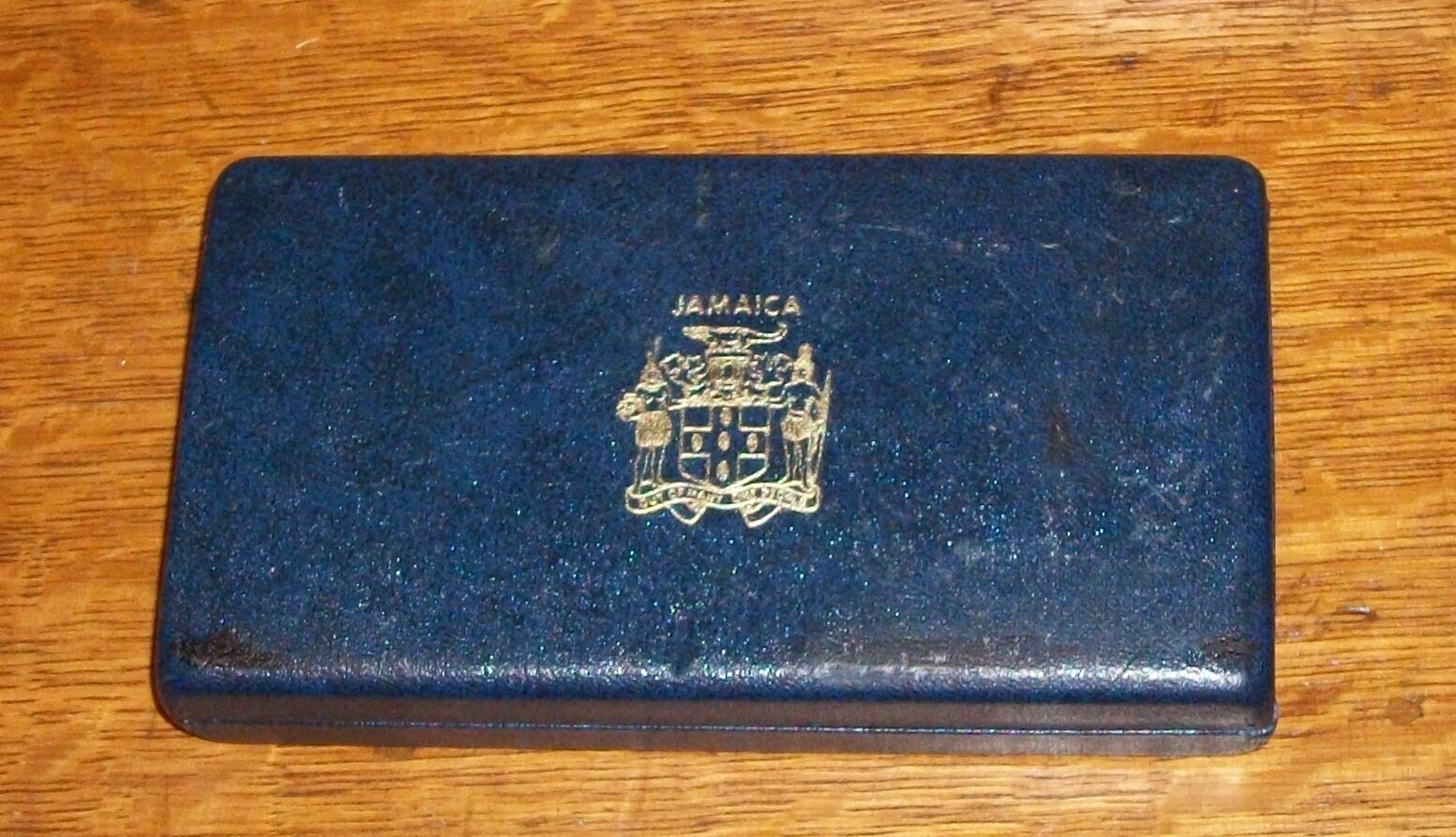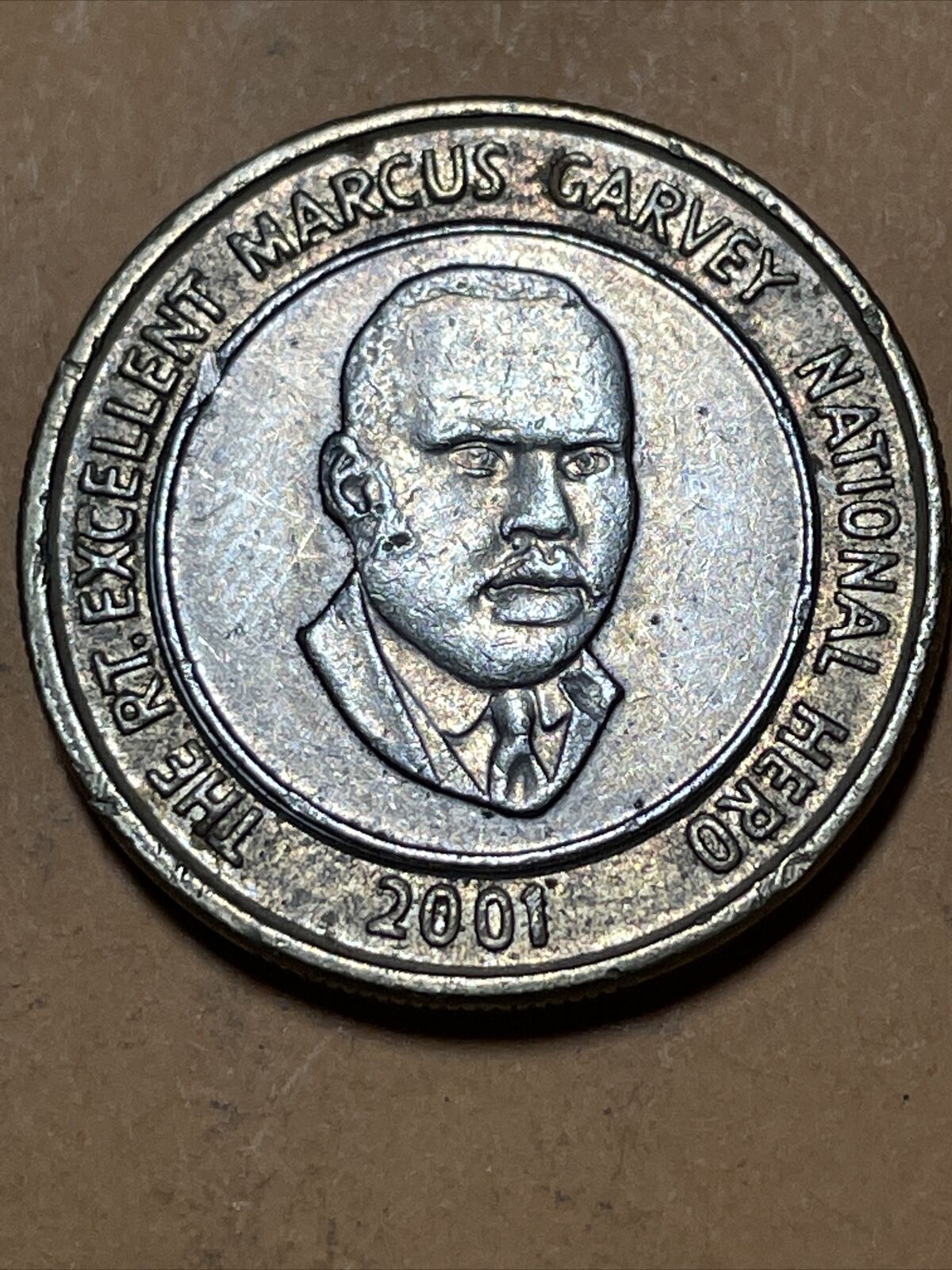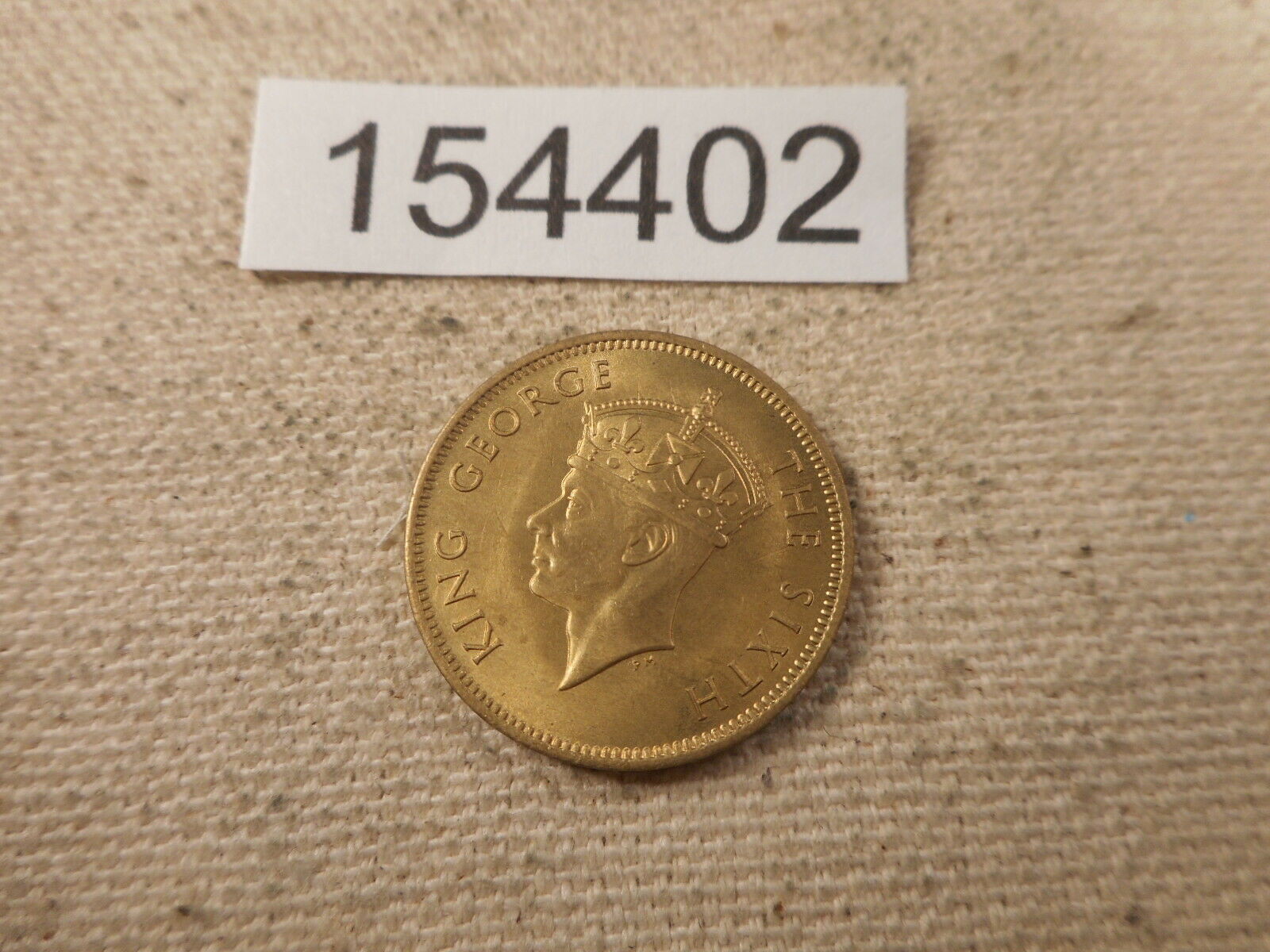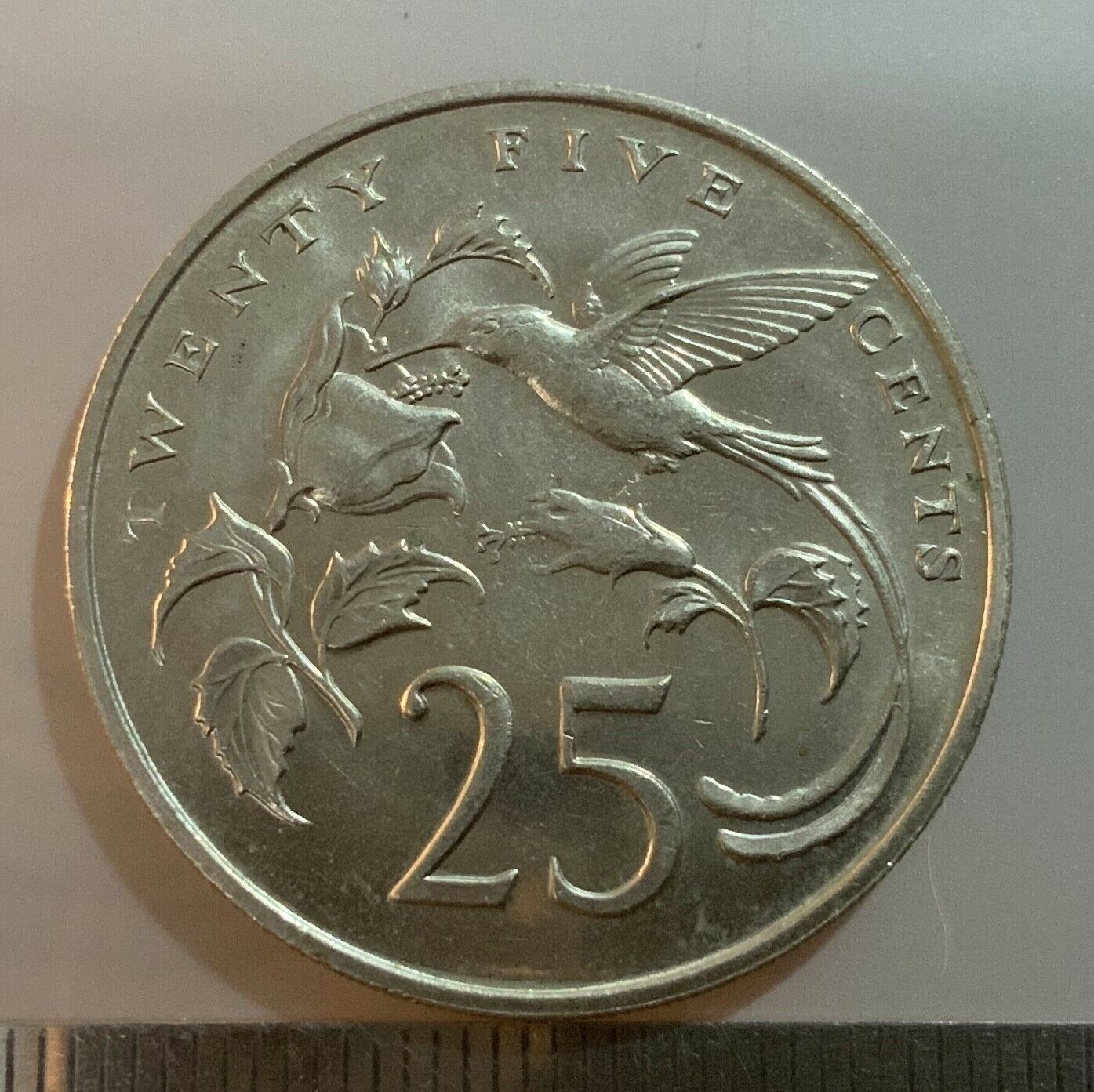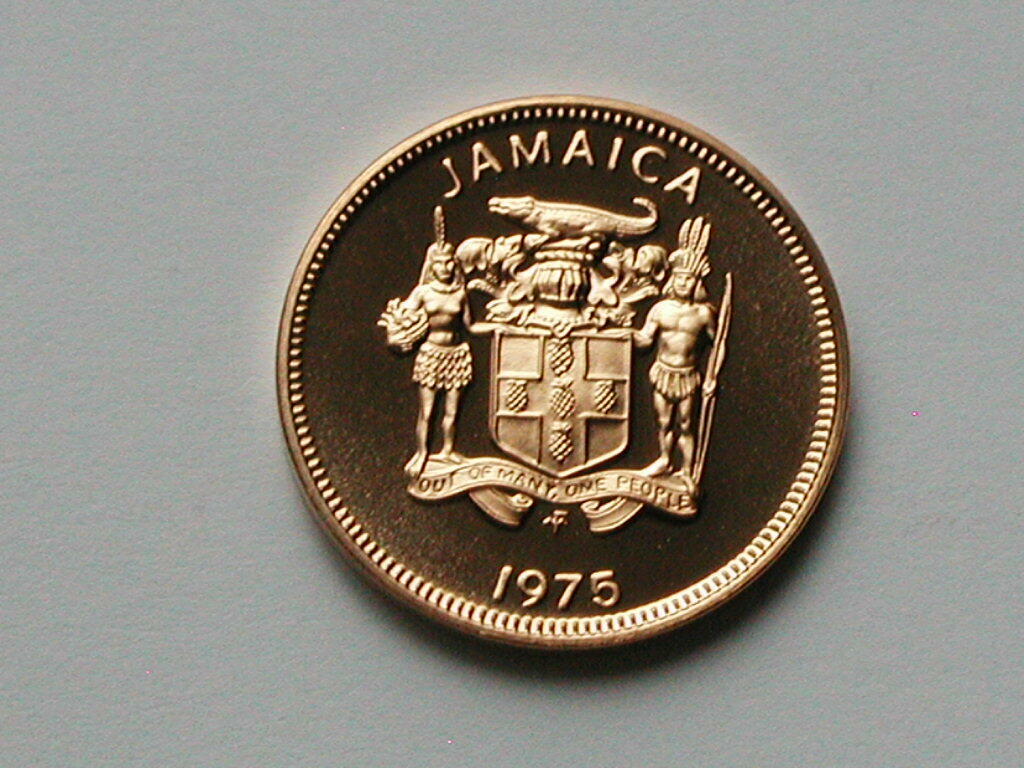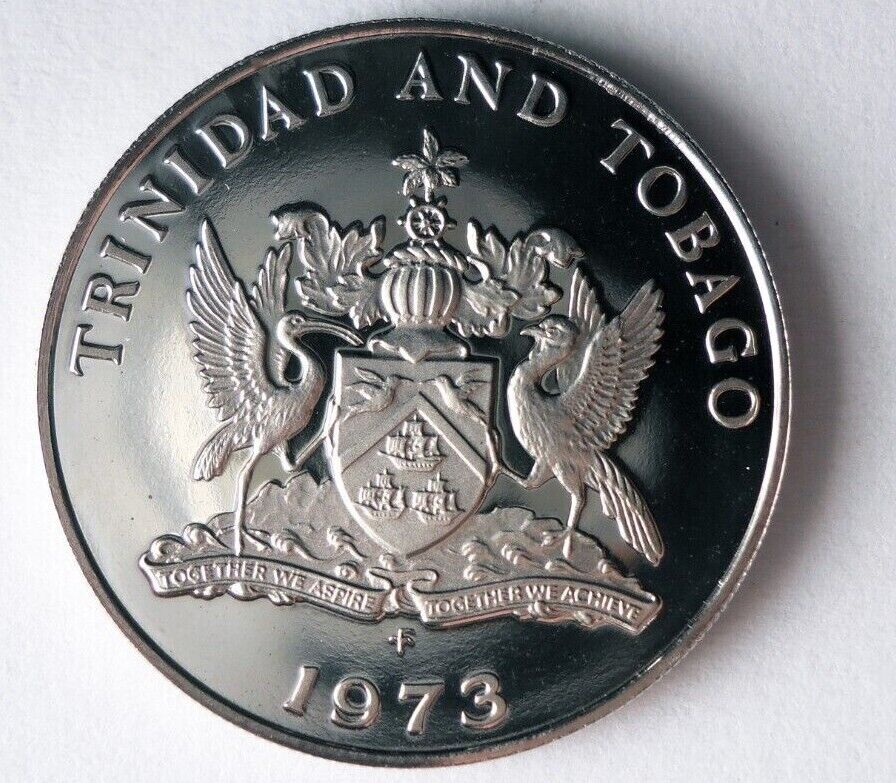-40%
1970 JAMAICA PROOF SET GIFT BOX FRANKLIN MINT LOW MINTAGE 5K MATTE FINISH 6 COIN
$ 26.13
- Description
- Size Guide
Description
1970 JAMAICA PROOF SET GIFT BOX FRANKLIN MINT LOW MINTAGE 5K MATTE FINISH 6 COINGREETINGS, FEEL FREE
TO
"SHOP NAKED."
©
We deal in items we believe others will enjoy and want to purchase.
We are not experts.
We welcome any comments, questions, or concerns.
WE ARE TARGETING A GLOBAL MARKET PLACE.
Thanks in advance for your patronage.
Please Be sure to add WDG to your
favorites list
!
NOW FOR YOUR VIEWING PLEASURE…
1970 JAMAICA PROOF SET
COIN OF THE REALM
MINTED BY THE FRANKLIN MINT
UNDER AUTHORIZATION OF THE JAMAICAN GOVERNMENT
OCT 23 1970
WITH ACCOMPANYING COA
CERTIFICATE OF AUTHENTICITY
SOME SITES SHOW A DISCREPENCY IN AMOUNT MINTED
FROM 5000 TO 11,540
EITHER WAY ITS A LOW MINTAGE
GREAT GIFT BOX SET
FOR KEEPS OR AS A PRESENT
(6) SIX COIN SET INCLUDES:
ONE DOLLAR - KM#50
"OUT OF MANY, ONE PEOPLE"
SIR ALEXANDER BUSTAMANTE
FIRST PRIME MINISTER
25 CENTS - KM#49
20 CENTS - KM#48
10 CENTS - KM#47
5 CENTS - KM#46
1 PENNY - KM#45
----------------
FYI
Jamaica is the 4th largest island nation of the Greater Antilles, 234 kilometres (145 mi) in length, up to 80 kilometres (50 mi) in width, and 10,990 square kilometres (4,240 sq mi) in area. It is situated in the Caribbean Sea, about 145 kilometres (90 mi) south of Cuba, and 191 kilometres (119 mi) west of Hispaniola, the island containing the nation-states of Haiti and the Dominican Republic. Jamaica is the 5th largest island country in the Caribbean. The indigenous people, the Taíno, called it Xaymaca in Arawakan. meaning the "Land of Wood and Water" or the "Land of Springs".
Once a Spanish possession known as Santiago, in 1655 it came under the rule of England (later Great Britain), and was called Jamaica. It achieved full independence from the United Kingdom on August 6, 1962. With 2.8 million people, it is the third most populous Anglophone country in the Americas, after the United States and Canada. Kingston is the country's largest city, with a population of 937,700, and its capital. Jamaica has a large diaspora around the world consisting of Jamaican citizens migrating from the country.
Jamaica is a Commonwealth realm with Elizabeth II as Queen of Jamaica and head of state. Her appointed representative in the country is the Governor-General of Jamaica, currently Sir Patrick Allen. The head of government and Prime Minister of Jamaica is currently Portia Simpson-Miller. Jamaica is a parliamentary constitutional monarchy with legislative power vested in the bicameral Parliament of Jamaica, consisting of an appointed Senate and a directly elected House of Representatives.
Prehistory
The Arawak and Taino indigenous people, originating in South America, settled on the island between 4000 and 1000 BC. When Christopher Columbus arrived in 1494, there were over 200 villages ruled by caciques (chiefs of villages). The south coast of Jamaica was the most populated, especially around the area now known as Old Harbour. The Tainos were still inhabiting Jamaica when the English took control of the island. The Jamaican National Heritage Trust is attempting to locate and document any evidence of the Taino/Arawaks.
Spanish rule
Christopher Columbus claimed Jamaica for Spain after landing there in 1494 and his probable landing point was Dry Harbour, now called Discovery Bay. There is some debate as to whether he landed in St. Ann's Bay or in Discovery Bay. St. Ann's Bay was the "Saint Gloria" of Columbus who first sighted Jamaica at this point. One mile west of St. Ann's Bay is the site of the first Spanish settlement on the island, Sevilla, which was established in 1509 and abandoned around 1524 because it was deemed unhealthy. The capital was moved to Spanish Town, then called "St. Jago de la Vega", around 1534 and is located in present day St. Catherine.
British rule
Out of all the British colonies in the Caribbean, Spanish Town has the oldest cathedral. The Spanish were forcibly evicted by the English at Ocho Rios in St. Ann. In 1655 the English, led by Sir William Penn and General Robert Venables, took over the last Spanish fort in Jamaica. The name of Montego Bay, the capital of the parish of St. James, was derived from the Spanish name manteca bahía (or Bay of Lard), alluding to the large numbers of boars used there in the lard-making industry.
In 1660, the population of Jamaica was about 4,500 whites and 1,500 blacks, but by as early as the 1670s, blacks formed a majority of the population.
France outlawed the residence of Jews in their country in 1394. By 1660, Jamaica had become a refuge for Jews in the New World. A settlement of Jews had arrived in 1510, soon after the son of Christopher Columbus settled on the island. Primarily merchants and traders, the Jewish community was forced to live a clandestine life, calling themselves "Portugals". After the British took over rule of Jamaica, the Jews felt that the best defense against Spanish threat would be to make the colony a base for Caribbean pirates. With the pirates installed in its main port, Port Royal, the Spanish would be deterred form carrying out an attack. The British leaders were convinced of the viability of this strategy to forestall outside aggression.
When the English captured Jamaica in 1655 the Spanish colonists fled after freeing their slaves. The slaves fled into the mountains, joining those who had previously escaped from the Spanish to live with the Taínos. These runaway slaves, who became known as the Jamaican Maroons, fought the British during the 18th century. The name is still used today for their modern descendants. During the long years of slavery Maroons established free communities in the mountainous interior of Jamaica, maintaining their freedom and independence for generations.
Jamaica slowly gained increasing independence from the United Kingdom and in 1958, it became a province in the Federation of the West Indies, a federation among the British West Indies. Jamaica attained full independence by leaving the federation in 1962.
Strong economic growth, averaging approximately 6% per annum, marked the first ten years of independence under conservative governments which were led successively by Prime Ministers Alexander Bustamante, Donald Sangster and Hugh Shearer. The growth was fuelled by strong investments in bauxite/alumina, tourism, manufacturing industry and, to a lesser extent, the agricultural sector.
The optimism of the first decade was accompanied by a growing sense of inequality, and a sense that the benefits of growth were not being experienced by the urban poor. This, combined with the effects of a slowdown in the global economy in 1970, prompted the electorate to change government, electing the PNP (People's National Party) in 1972. Despite efforts to create more socially equitable policies in education and health, Jamaica continued to lag economically, with its gross national product having fallen in 1980 to some 25% below the 1972 level. Rising foreign and local debt, accompanied by large fiscal deficits, resulted in the invitation of the International Monetary Fund (IMF) financing from the United States and others, and the imposition of IMF austerity measures (with a greater than 25% interest rate per year).
Economic deterioration continued into the mid-1980s, exacerbated by a number of factors; the first and third largest alumina producers, Alpart and Alcoa closed, and there was a significant reduction in production by the second largest producer, Alcan. In addition, tourism decreased and Reynolds Jamaica Mines, Ltd. left the Jamaican industry.
Jamaica is a mixed economy with both state enterprises and private sector businesses. Major sectors of the Jamaican economy include agriculture, mining, manufacturing, tourism, and financial and insurance services. Tourism and mining are the leading earners of foreign exchange. Half the Jamaican economy relies on services, with half of its income coming from services such as tourism. An estimated 1.3 million foreign tourists visit Jamaica every year.
Supported by multilateral financial institutions, Jamaica has, since the early 1980s, sought to implement structural reforms aimed at fostering private sector activity and increasing the role of market forces in resource allocation. Since 1991, the government has followed a programme of economic liberalization and stabilization by removing exchange controls, floating the exchange rate, cutting tariffs, stabilising the Jamaican currency, reducing inflation and removing restrictions on foreign investment. Emphasis has been placed on maintaining strict fiscal discipline, greater openness to trade and financial flows, market liberalisation and reduction in the size of government. During this period, a large share of the economy was returned to private sector ownership through divestment and privatisation programmes.
(PICTURE FOR DISPLAY ONLY)
-----------------------------------------------------
Thanks for choosing this auction. You may email for alternate payment arrangements. We combine shipping. Please pay promptly after the auction. The item will be shipped upon receipt of funds. WE ARE GOING GREEN, SO WE DO SOMETIMES USE CLEAN RECYCLED MATERIALS TO SHIP.
Please leave feedback when you have received the item and are satisfied. Please respond when you have received the item * If you were pleased with this transaction, please respond with all 5 stars! If you are not pleased, let us know via e-mail. Our goal is for 5-star service. We want you to be a satisfied, return customer.
Please express any concerns or questions. More pictures are available upon request. The winning bid will incur the cost of S/H INSURED FEDEX OR USPS. See rate calculator or email FOR ESTIMATE. International Bidders are Welcome but be mindful if your country is excluded from safe shipping.
Thanks for perusing
THIS
and
ALL
our auctions.
Please Check out our
other items
!
WE like the curious and odd.
Buy, bye.
i
Track Page Views With
Auctiva's FREE Counter
